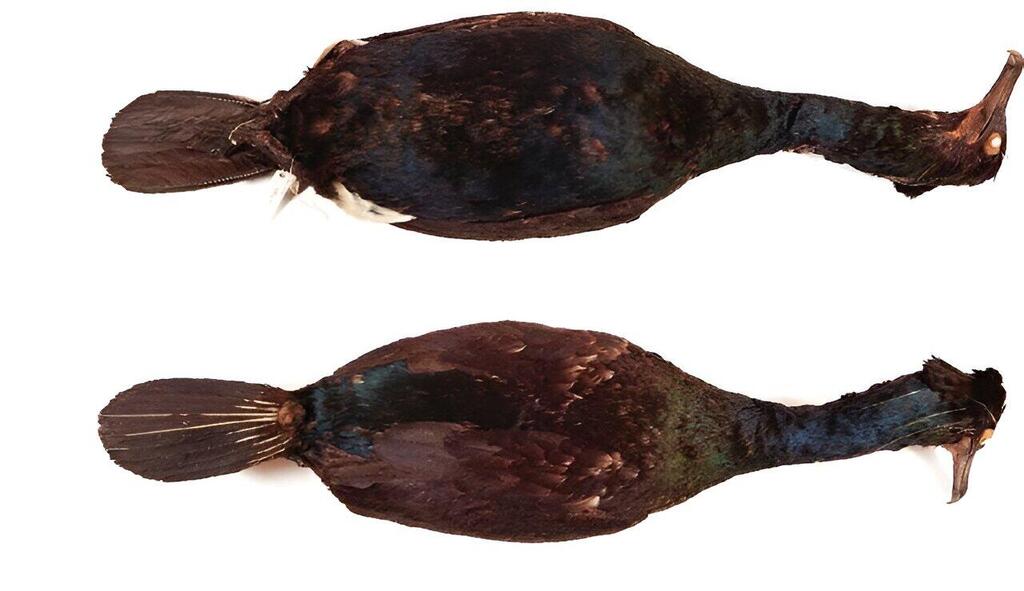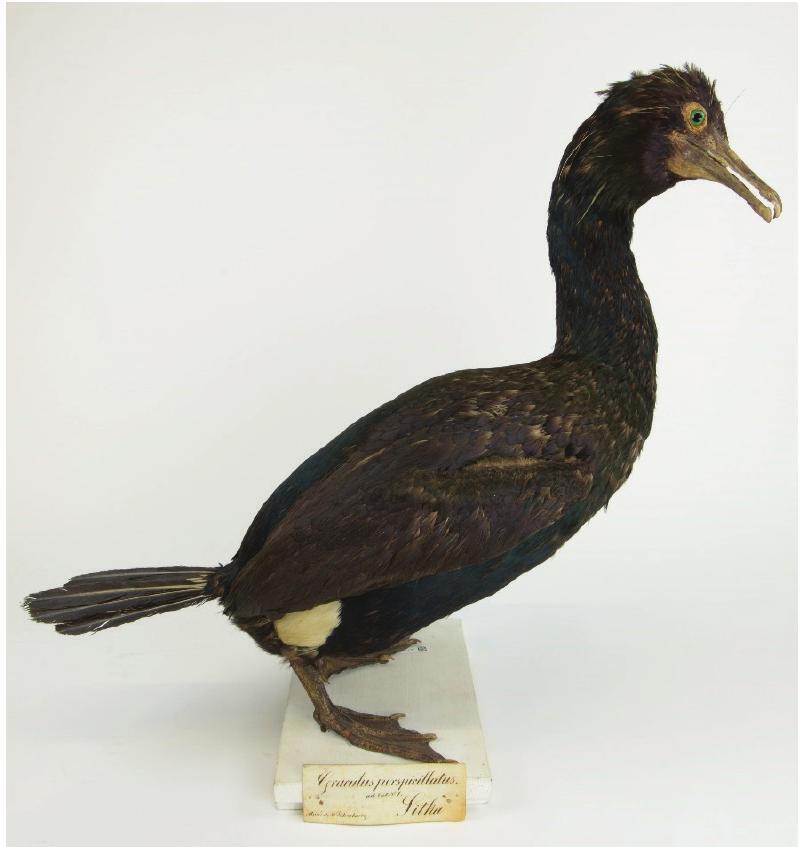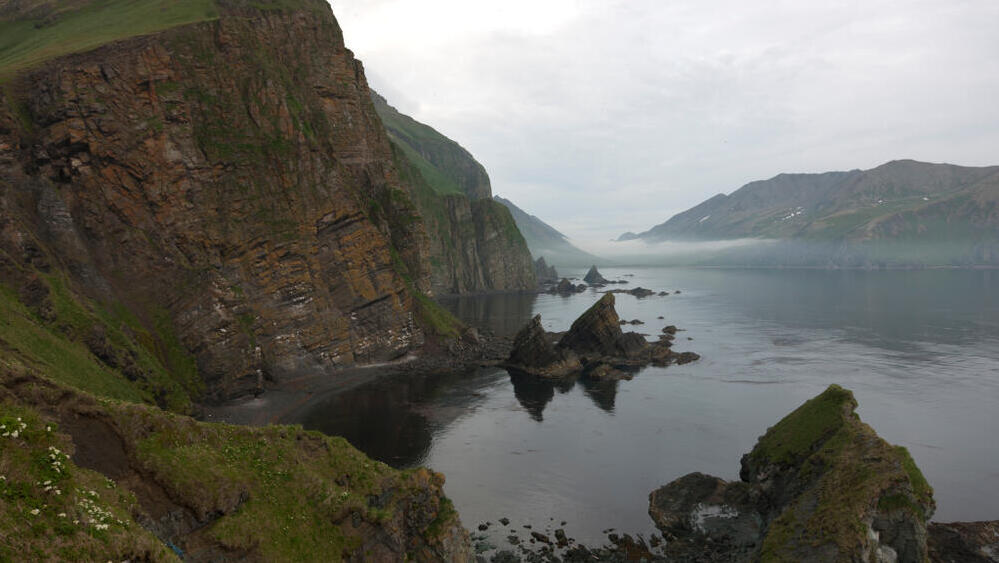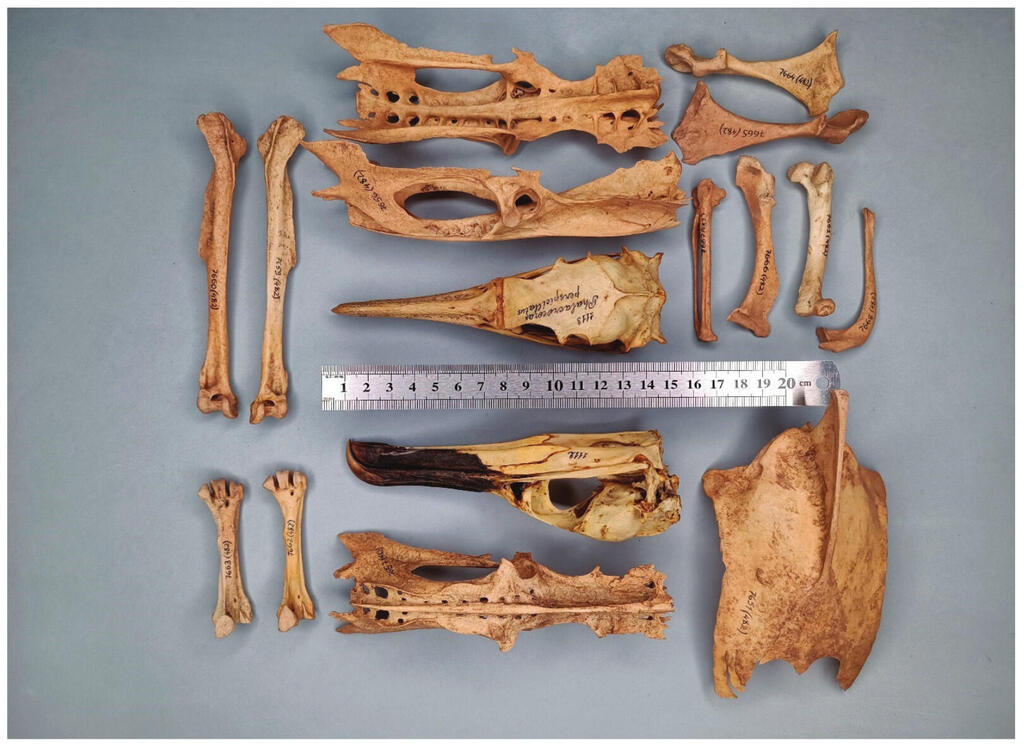Getting your Trinity Audio player ready...
Standing a meter high and reaching up to 6.5 kilograms, the spectacled cormorant was the largest of its species in history. Despite its dimensions, however, this flightless bird that lived on islands on the Bering Sea’s extinction suffered from widespread neglect, making it unknown to many.
Now, a pair of researchers from the University of Akureyri in Iceland and the Natural History Museum in London have chosen to rediscover as much information as they could about the extinct bird.
"There are myriad examples of species that have become extinct in recent times that people just don't pay attention to,” said Theo Squiers from the University of Akureyri. " It's especially true of species from remote locations, and news of the spectacled cormorant was probably obscured by the more prominent extinction of the great auk in the same decade.”
Danish sea explorer Vitus Bering spent several years exploring the North Pacific Ocean as part of the large northern expedition led by the Russian Empire, and even discovered Alaska. On his journey back to Russia, the sea blew his ship eastward to the shores of Kamchatka, landing him on an Island that bears his name, where he died on December 19, 1741.
His crew remained stranded on the island for almost a year, and among them was also Georg Wilhelm Steller, a German zoologist and botanist, who was the first researcher to spot the cormorant. Steller described the cormorant as a bird the size of a large goose that could satisfy three hungry sailors.
4 View gallery


Spectacled cormorant
(Photo: J. Jackson, Trustees of the Natural History Museum, London)
Steller noted in his writings that the number of cormorants on the island was high, but when he and the rest of the crew returned to Russia after surviving harsh weather conditions and severe hunger, their main focus was on exploiting the large sea otter population, which could be traded for their fur.
Over the next 30 years, an increasing amount of hunters arrived at the Commander Islands in the Bering Sea to hunt sea otters. Their arrival affected not only the otters but many other animals as well. One of the most prominent examples was Steller's sea cow, a giant relative of the manatees, which became extinct in 1768 due to hunters who coveted its fur.
The spectacled cormorant didn’t survive the passage of time. The hunters brought Arctic foxes with them to islands throughout the North Pacific Ocean in order to expand the fur trade. "While we can't be exactly sure why the spectacled cormorant went extinct, but all the known specimens originate from the time that foxes were introduced to some of the islands for fur farming. Even if they weren't the only cause, it's likely that the foxes would have played a role in driving these birds towards extinction," said Dr. Alex Bond from the Natural History Museum in London.
Squiers discovered the spectacled cormorant and its story in 2020, despite his background in studying the bird. "As I kept reading the bird's history, I was shocked it hadn't become a movie. It's got all these stories of adventure, including shipwrecked naturalists and remote islands, and it seemed to be a microcosm of everything interesting in biology. I was really excited to get involved in it,” he said.
To try to correct this injustice, the two researchers contacted every museum that had at least one specimen of spectacled cormorant, and ultimately succeeded in obtaining six tissue samples and more than 90 bones, which helped create a timeline using bones dating 120,000 years ago from Japan and with skins from the 19th century.
Squiers and Dr. Bond assumed there may be more spectacled cormorant remains in museum collections around the world that haven’t been identified as belonging to the bird. Therefore, their next goal is to continue studying the subject in an attempt to shed light on the extinct bird’s history.




